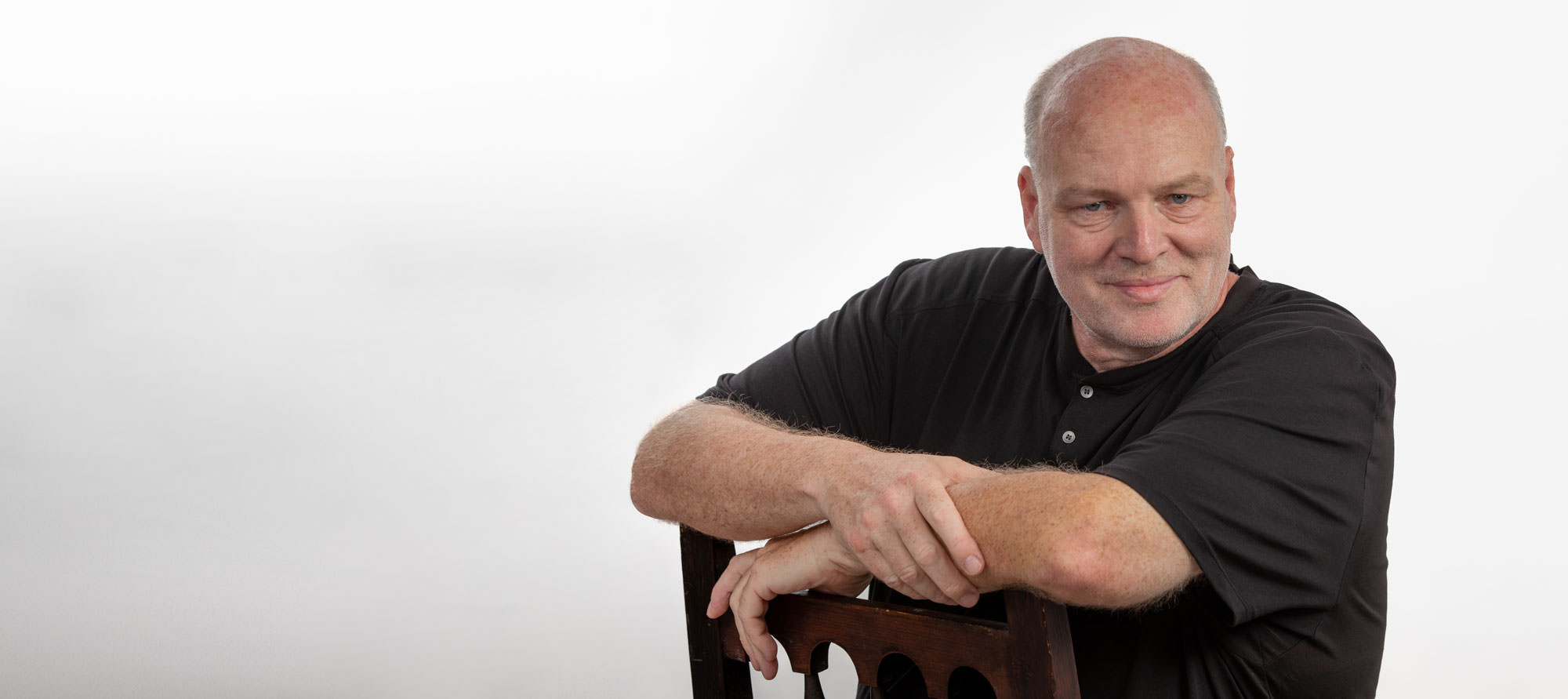Detective Pux here, and today I am going to explain the human muscular system.
The human body has over 600 muscles, with the exact number varying depending on how they are defined and grouped. These muscles are responsible for everything from simple movements like breathing and blinking, to more complex actions such as running and lifting weights.
The muscles in our body can be divided into three main categories: skeletal, smooth and cardiac muscle. Skeletal muscle is attached to the bones and is responsible for movement of the body. Smooth muscle is found in the walls of organs and blood vessels and is responsible for involuntary movement. Cardiac muscle is found in the heart and is responsible for pumping blood throughout the body.
Skeletal muscles are the most numerous and are attached to bones by tendons. They are responsible for movement of the body, and are controlled by the nervous system. They can contract and relax in response to nerve impulses, and work in pairs to move bones in opposite directions. For example, when the biceps muscle contracts, it pulls the arm closer to the body, while the triceps muscle relaxes and allows the movement to happen.
Smooth muscles are found in the walls of organs such as the stomach and intestines, and in the walls of blood vessels. These muscles are involuntary, meaning they contract and relax without conscious control. They are responsible for the movement of food and blood throughout the body.
Cardiac muscle is found in the heart and is responsible for pumping blood throughout the body. It is involuntary, like smooth muscle, and contracts and relaxes rhythmically to pump blood.
In conclusion, the human body has over 600 muscles, which are divided into three main categories: skeletal, smooth and cardiac muscle. These muscles work together to allow us to move, breathe and pump blood throughout the body. It is important to keep our muscles strong and healthy through regular exercise and proper nutrition.
